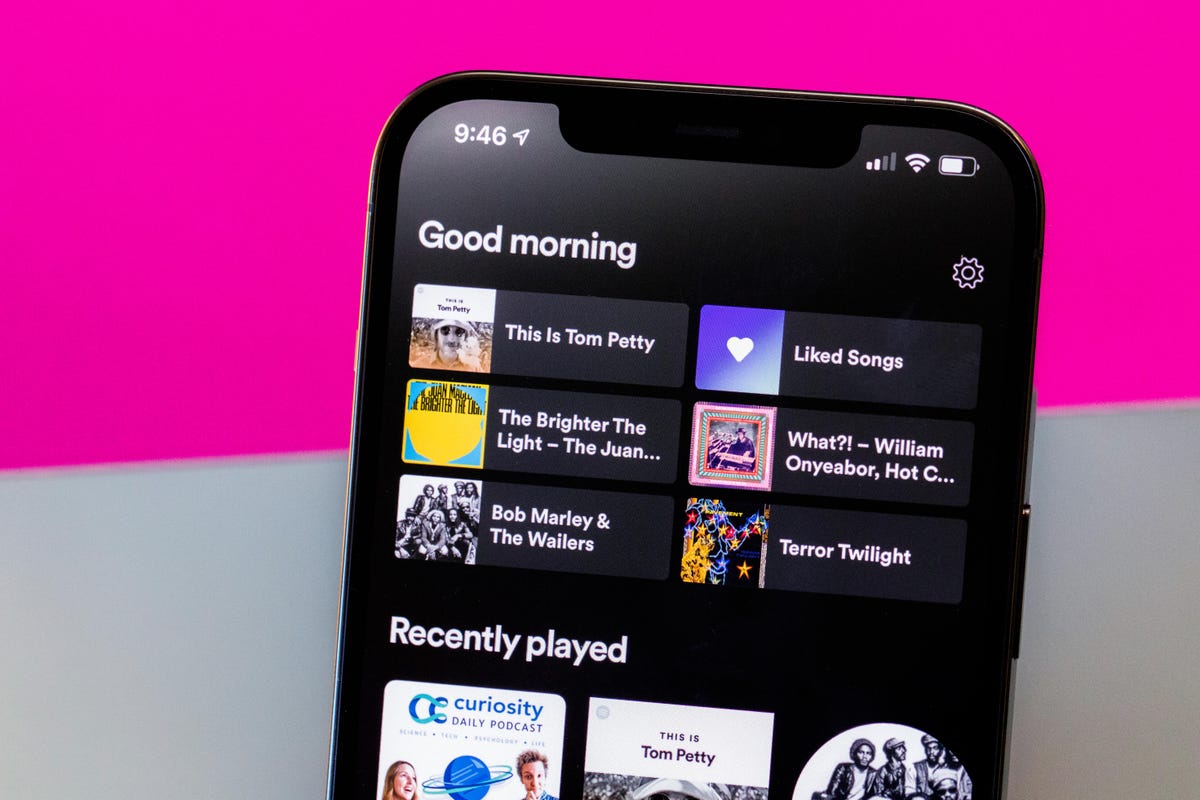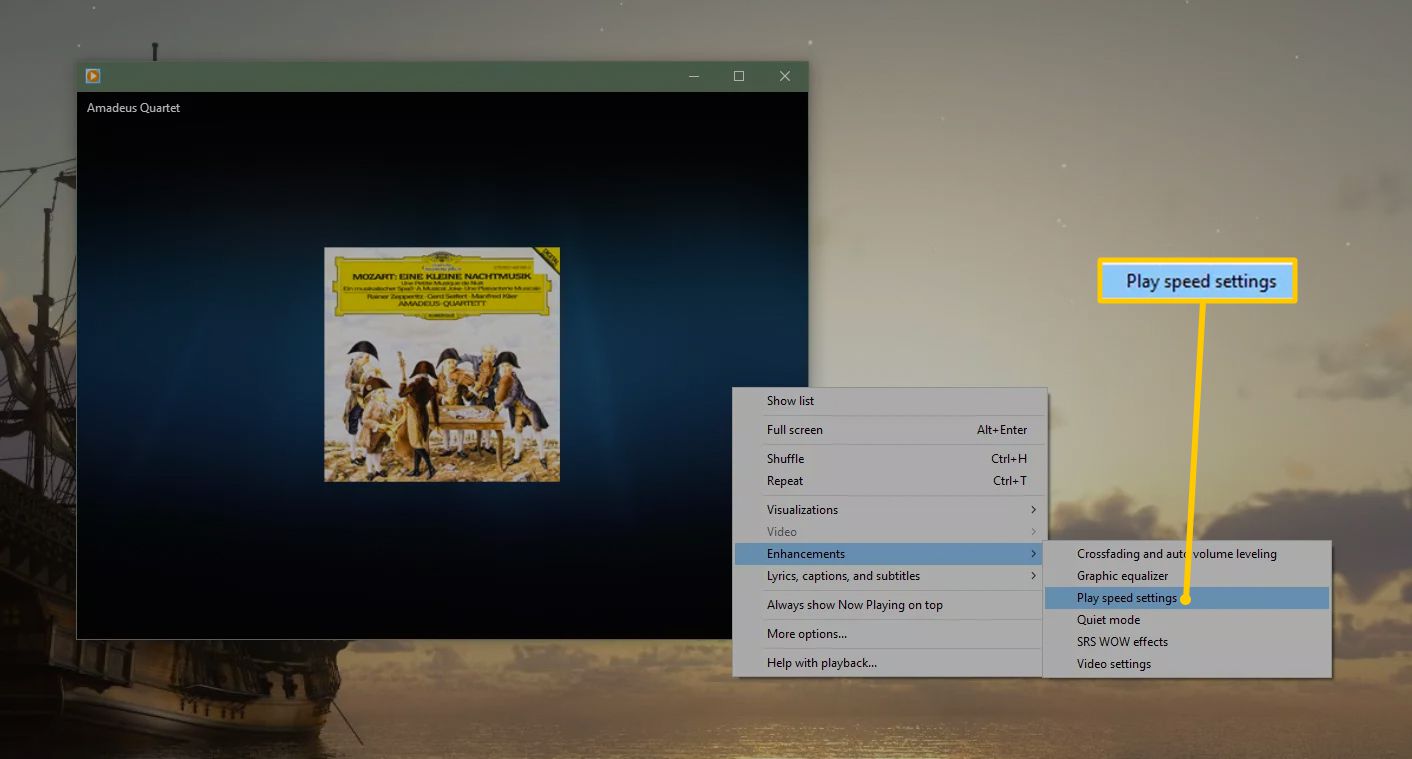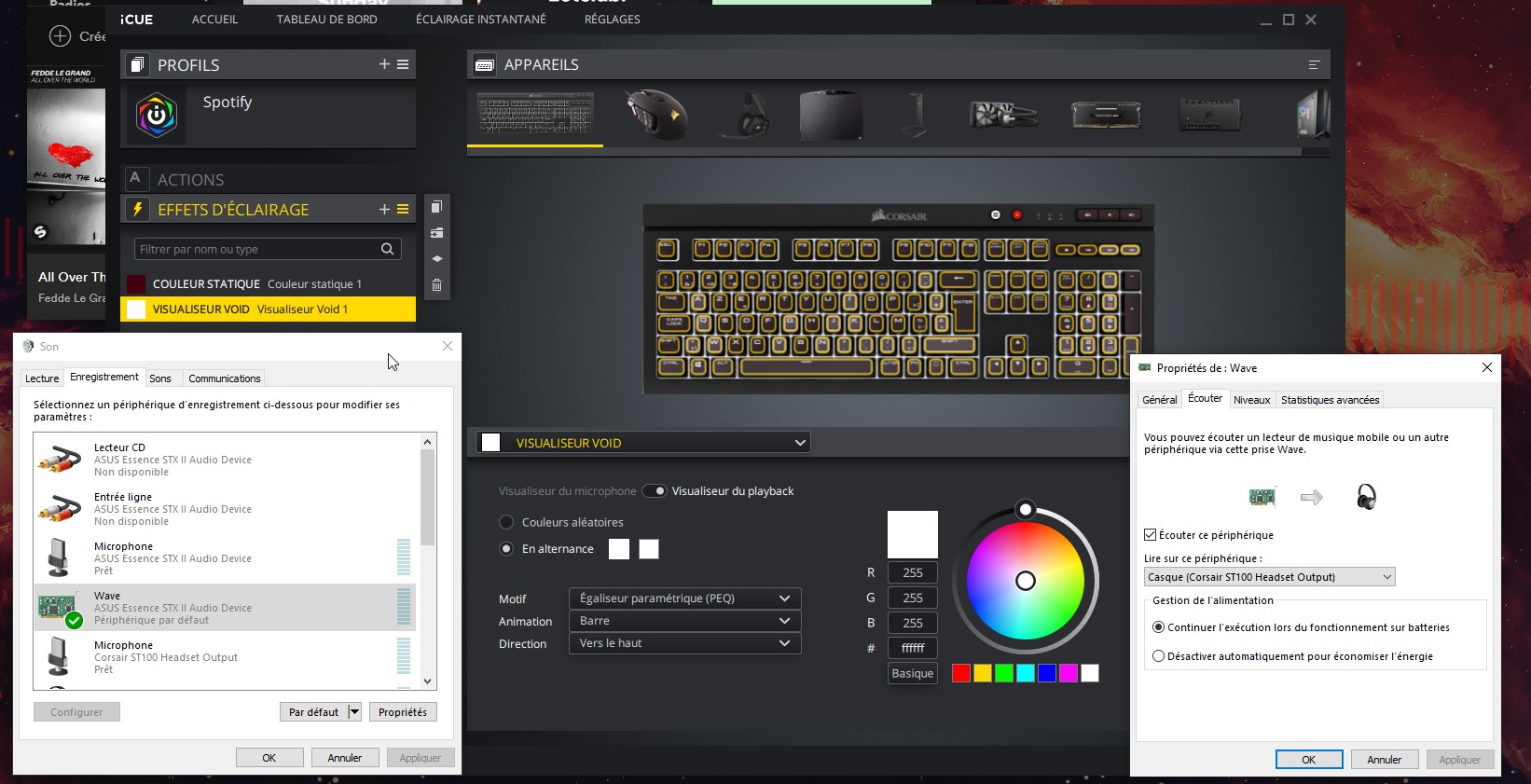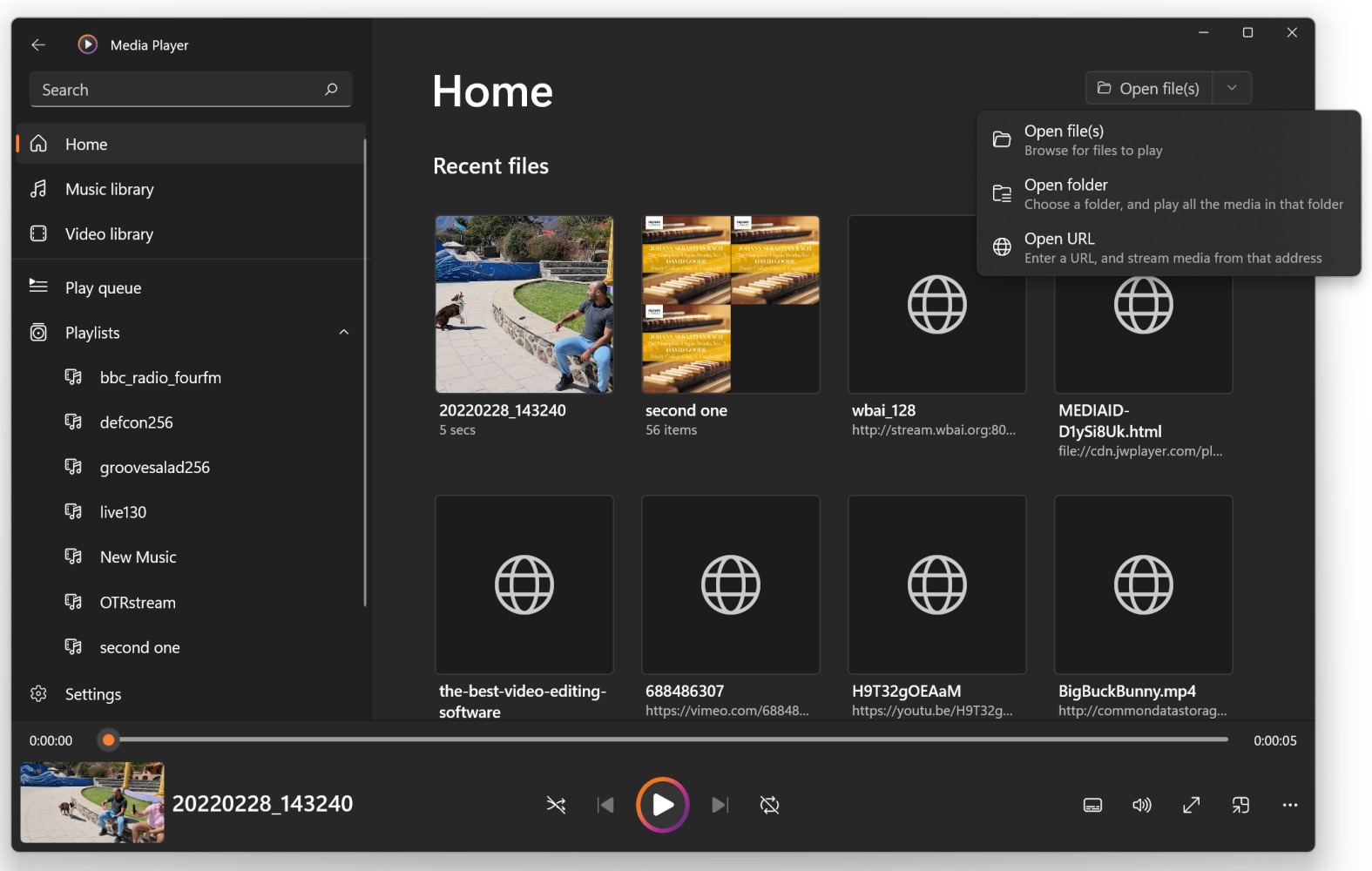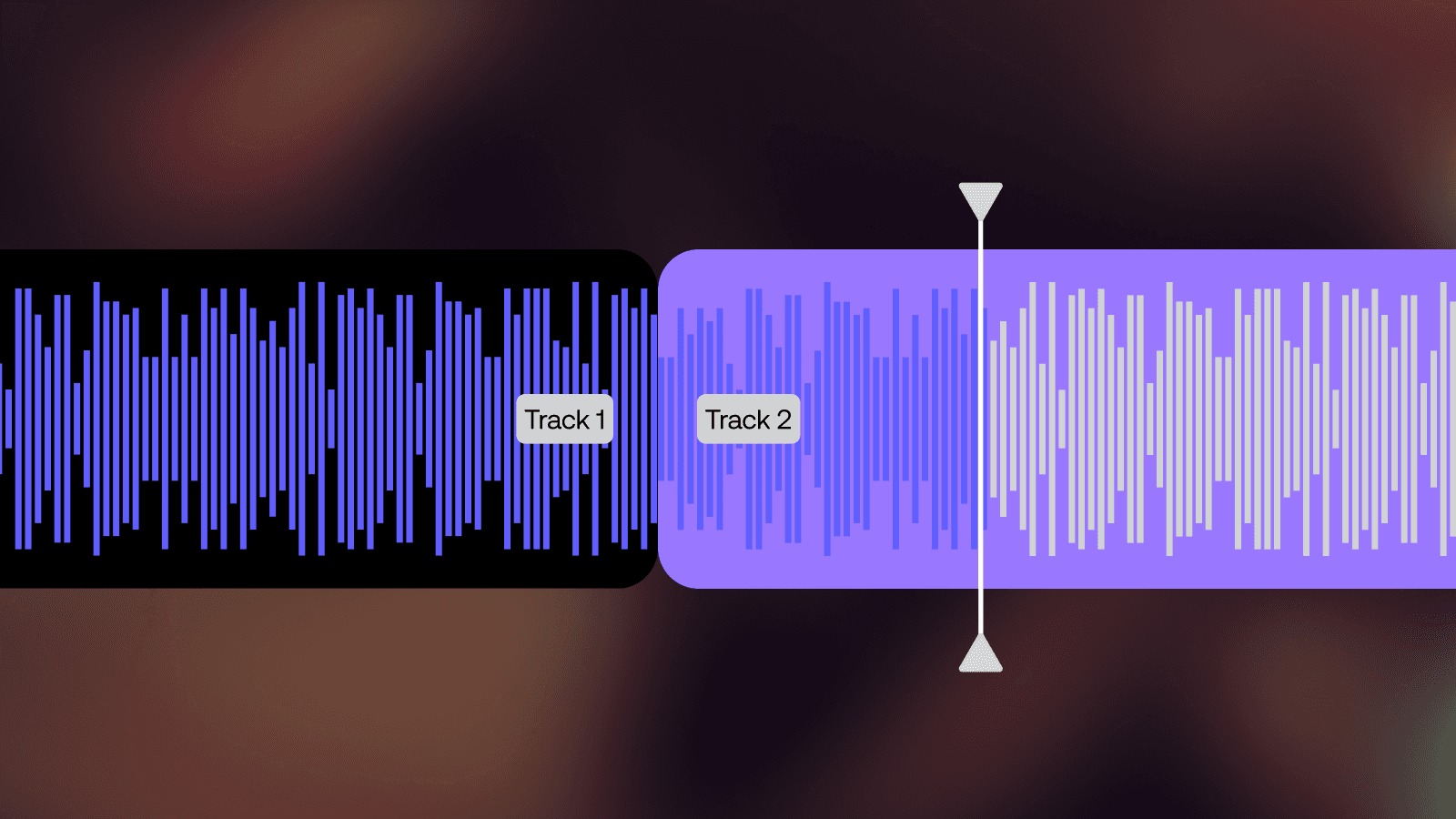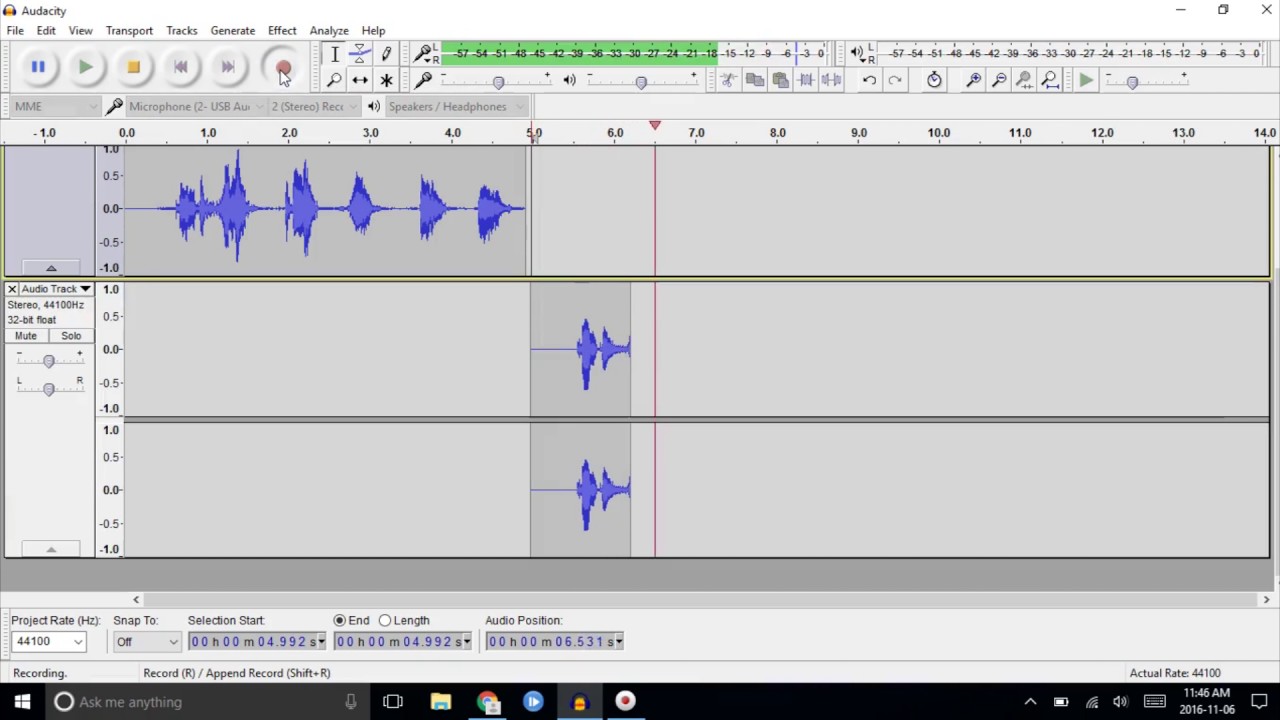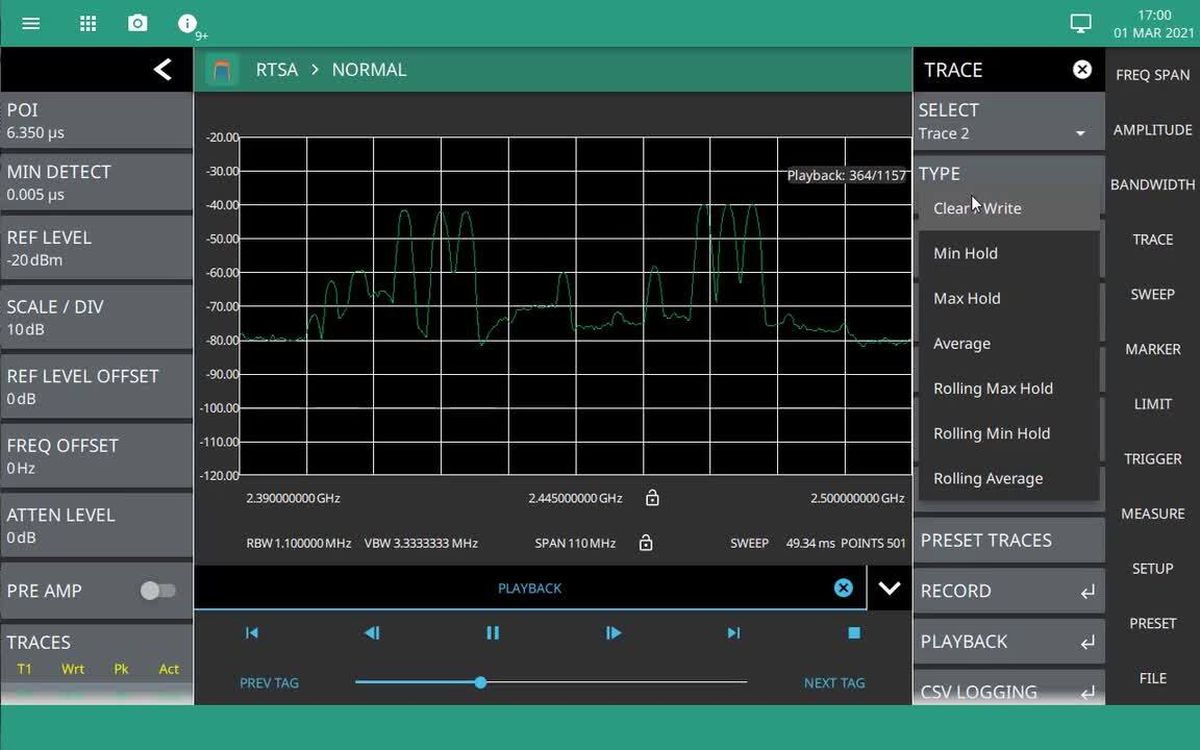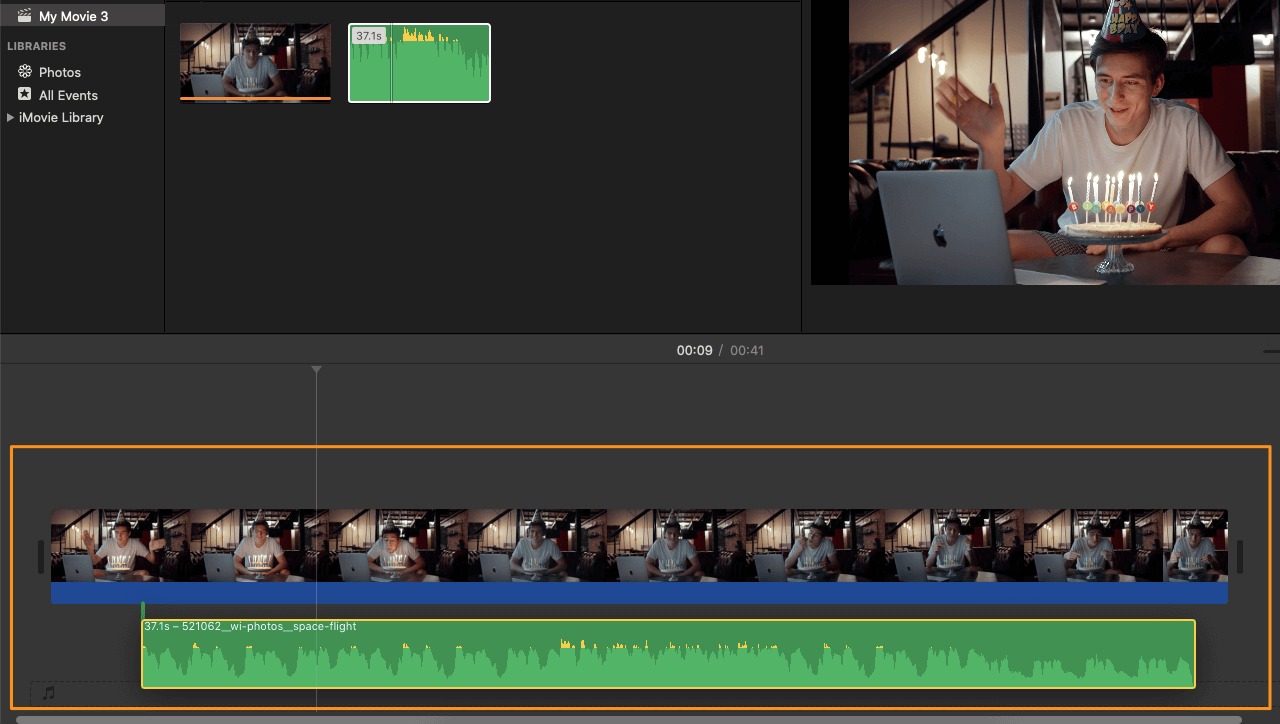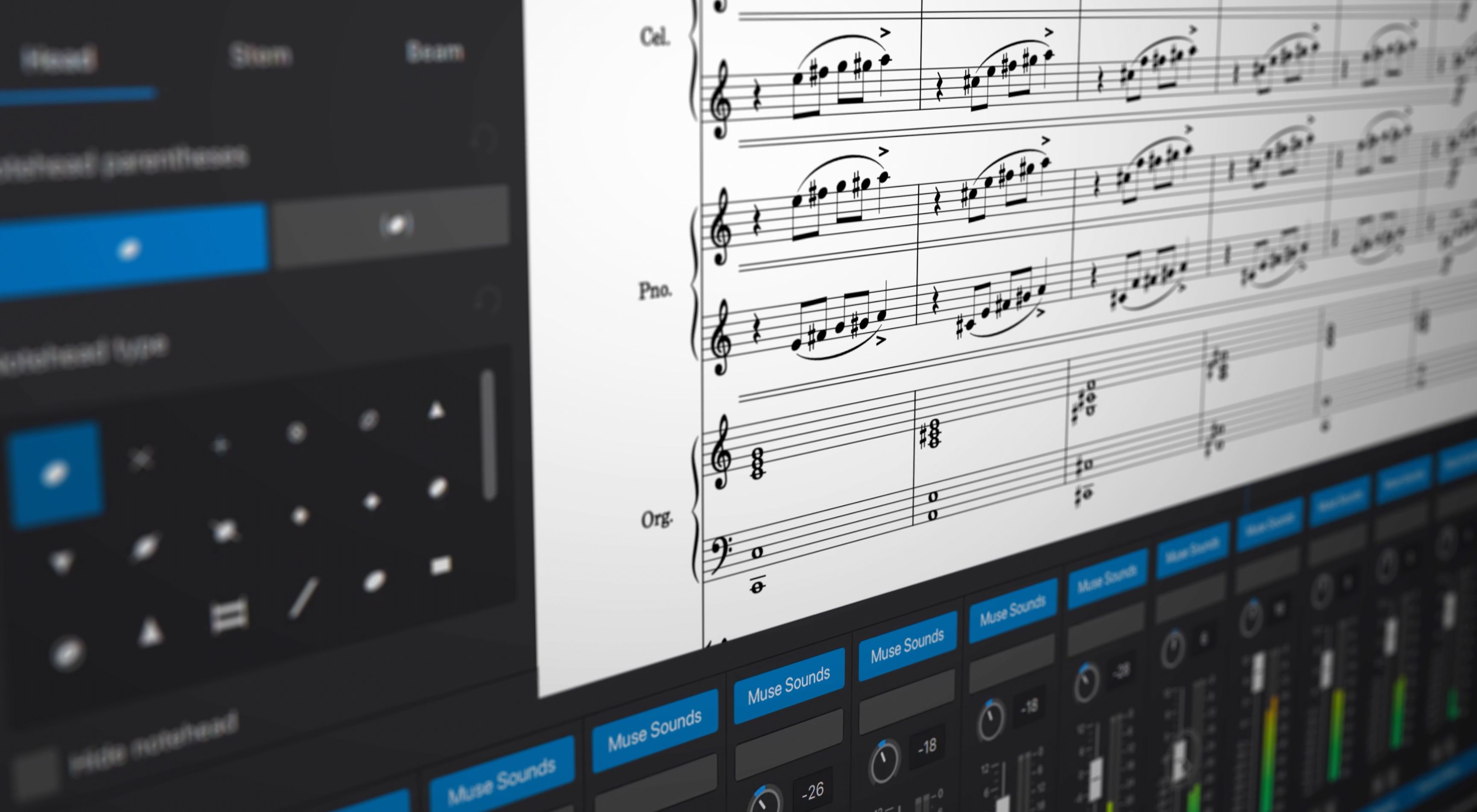Home>Events & Info>Playback>What Is DSD Playback
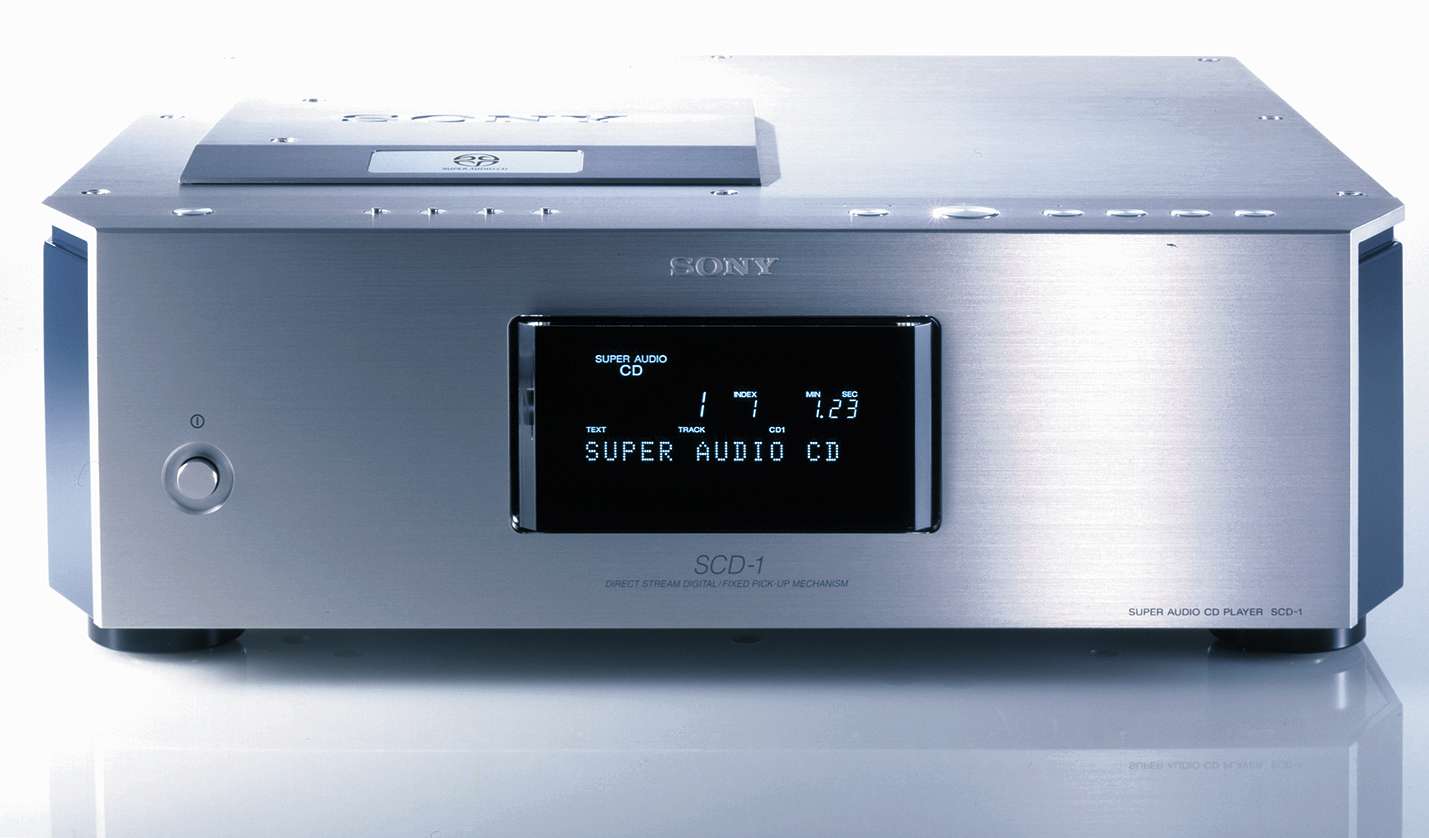

Playback
What Is DSD Playback
Modified: January 22, 2024
Learn about DSD playback and discover its benefits. Enhance your audio experience with high-quality playback.
(Many of the links in this article redirect to a specific reviewed product. Your purchase of these products through affiliate links helps to generate commission for AudioLover.com, at no extra cost. Learn more)
Table of Contents
Introduction
Welcome to the world of DSD playback! If you’re a music enthusiast, you may have come across the term “DSD playback” and wondered what it entails. DSD, which stands for Direct Stream Digital, is a high-resolution audio format that provides incredibly detailed and lifelike sound reproduction. It has gained popularity among audiophiles and music professionals due to its superior audio quality.
In this article, we will delve into the world of DSD playback, exploring its definition, benefits, how it works, compatible devices, file formats, popular software, and tips for optimizing your DSD playback experience.
Before we dive into the technical details, it’s important to highlight the main allure of DSD playback: the ability to recreate music with astonishing clarity and realism. Unlike traditional audio formats, such as CD-quality FLAC or MP3, DSD captures the audio waveform as a series of 1-bit values, offering a more accurate representation of the original analog signal.
With DSD playback, you can truly immerse yourself in the music, hearing every subtle nuance, delicate harmonics, and dynamic range that may have been lost in other formats. Whether you’re a music producer, audio engineer, or simply an avid listener, DSD playback elevates the listening experience to a whole new level.
So, if you’re ready to explore the world of DSD playback and unlock the full potential of your audio setup, let’s dive in and discover how this technology works and what it has to offer!
Definition of DSD Playback
DSD playback refers to the process of reproducing digital audio files encoded in the Direct Stream Digital (DSD) format. DSD is an audio format that is known for its high resolution and ability to capture audio signals with remarkable accuracy. It was developed by Sony and Philips as an alternative to traditional audio formats like CD-quality PCM.
Unlike PCM (Pulse Code Modulation), which samples audio signals at different discrete points and represents them as a series of values, DSD uses a different approach. It samples audio signals 2.8224 million times per second but quantizes them using only a single bit. This unique method of quantization allows DSD to preserve much of the original analog waveform and capture more subtle details and nuances.
DSD playback involves the use of specialized hardware and software to decode and render the DSD files into audible sound. It requires compatible devices that can handle DSD signals and convert them into analog audio for playback through speakers or headphones. This can include dedicated digital-to-analog converters (DACs), DSD-capable media players, or audio interfaces that support DSD.
The main advantage of DSD playback is its ability to deliver incredibly accurate and natural sound reproduction. Due to its high sampling rate and simplified quantization, DSD can capture and reproduce a wider frequency range and dynamic range compared to CD-quality PCM. This results in a more detailed, vibrant, and immersive audio experience.
It’s worth noting that DSD playback is often associated with high-resolution audio, which refers to audio formats that provide greater fidelity and detail than standard CD-quality audio. DSD is one of the primary formats used for high-resolution audio, alongside other formats like FLAC, WAV, and ALAC.
In summary, DSD playback involves the reproduction of audio files encoded in the DSD format, offering superior sound quality and a more faithful representation of the original analog signal. By embracing DSD playback, you can experience music in a way that truly captures the essence and artistry intended by the artists and engineers.
Benefits of DSD Playback
DSD playback offers a range of benefits that make it a compelling choice for audio enthusiasts and professionals seeking the highest level of audio quality. Let’s explore some of the advantages of embracing DSD playback:
- Exceptional Sound Quality: One of the primary benefits of DSD playback is its exceptional sound quality. The high-resolution nature of the DSD format allows for more accurate representation of the original analog signal, capturing subtle details and nuances that may be lost in other formats. The result is a more lifelike and immersive listening experience.
- Wide Frequency Range: DSD playback can reproduce a wider frequency range compared to standard CD-quality audio formats. This expanded frequency range allows for more precise reproduction of high-frequency sounds, resulting in greater detail and clarity in the audio playback.
- Improved Dynamic Range: DSD playback offers an improved dynamic range, allowing for a greater distinction between the quietest and loudest parts of the audio. This enhanced dynamic range results in more impactful and engaging audio playback, ensuring that the full emotional impact of the music is conveyed.
- Preservation of Audio Details: By capturing audio signals with high precision and accuracy, DSD playback preserves delicate audio details that may be lost in other formats. This includes capturing the subtle decay of a piano note or the micro-details of a vocalist’s breath, enhancing the overall realism and authenticity of the audio playback.
- Compatibility with High-Resolution Audio: DSD playback is a key component of the high-resolution audio ecosystem. Many high-resolution audio releases are available in the DSD format, allowing you to fully enjoy the superior sound quality offered by high-resolution audio recordings.
- Flexibility with Cross-conversion: DSD playback provides flexibility when it comes to cross-conversion of audio formats. DSD files can be converted to other formats, such as PCM, without significant loss of quality. This enables compatibility with a wide range of playback devices.
Overall, DSD playback offers a range of benefits, including exceptional sound quality, wider frequency range, improved dynamic range, preservation of audio details, compatibility with high-resolution audio, and flexibility with cross-conversion. By embracing DSD playback, you can elevate your audio experience and rediscover your favorite music with a whole new level of fidelity and immersion.
How DSD Playback Works
Understanding how DSD playback works involves taking a closer look at the unique characteristics of the DSD format and the technology behind it. Here’s a breakdown of the key components and processes involved:
- DSD Encoding: The audio recording process starts by capturing the analog sound using high-quality microphones and preamps. The analog waveform is then converted into a digital stream of pulses. Each pulse represents the original signal at a specific point in time, with the pulse width indicating the amplitude of the signal. This process is known as DSD encoding.
- DSD File Format: Once the audio is captured and digitized, it is stored in a DSD file format. DSD files typically have the .dsf or .dff extension. These files contain the pulse data and metadata such as the track information, artist, and album details.
- DSD Decoding: When playing back DSD files, the decoding process occurs to convert the digital pulses back into an analog audio signal. This is usually done by a dedicated digital-to-analog converter (DAC) that supports DSD playback. The DAC converts the 1-bit DSD signal into an analog voltage that can drive speakers or headphones.
- Upsampling and Filtering: In some cases, DSD playback may involve upsampling or filtering. Upsampling refers to increasing the sample rate of the DSD file to a higher value before decoding, which can provide additional benefits depending on the specific hardware and software used. Filtering, on the other hand, removes any unwanted noise or artifacts that may have been introduced during the recording or encoding process.
- Output Devices: In order to enjoy the DSD playback, you’ll need compatible output devices. These can include DSD-capable DACs, media players, or audio interfaces. These devices are designed to handle the DSD format and convert it into high-quality analog audio that can be heard through speakers or headphones.
- Software Support: To play DSD files on your computer or other compatible devices, you’ll need software that supports DSD playback. There are various media players available that can handle DSD files, allowing you to organize, browse, and play your DSD music collection.
Overall, DSD playback involves the process of encoding analog audio into 1-bit digital pulses, storing them in DSD files, decoding the pulses back into analog audio, and using compatible output devices to listen to the playback. The combination of dedicated hardware, software support, and compatible output devices ensures a seamless and high-fidelity DSD playback experience.
Compatible Devices for DSD Playback
For a seamless DSD playback experience, it is essential to have compatible devices that are capable of handling the unique requirements of the DSD format. Here are some of the key devices that can support DSD playback:
- Digital-to-Analog Converters (DACs): DACs are key components in the playback chain. Look for DACs that have native DSD support, as they can decode the DSD files directly and convert them into analog audio signals. These DACs often have dedicated DSD processing chips to ensure accurate playback of the format.
- Media Players: Media players that support DSD playback are essential for enjoying DSD files on the go. Look for media players that have built-in DSD support and can handle the DSD file formats (.dsf and .dff). Some media players also offer features like gapless playback and support for high-resolution audio formats.
- A/V Receivers: If you prefer a home theater setup, consider A/V receivers that are DSD compatible. These receivers can decode DSD files and provide multi-channel audio output for a truly immersive listening experience.
- Audio Interfaces: Audio interfaces play a crucial role in recording and playback for music production. Many audio interfaces have DSD support, allowing you to record and playback DSD files with ease. These interfaces act as the bridge between your computer and external audio devices.
- Portable Digital Audio Players: Portable digital audio players are designed for high-quality audio playback on the go. Look for devices that support DSD playback and have sufficient storage capacity to accommodate your DSD music library. Some players also offer customizable EQ settings and high-quality amplification for enhanced audio performance.
- Computers and Laptops: Your computer or laptop can serve as a DSD playback device with the right software and hardware. Ensure that your computer supports DSD playback and has sufficient processing power to handle the decoding and playback of high-resolution audio files.
When selecting compatible devices for DSD playback, it’s important to check for native DSD support, as some devices may require additional plugins or drivers for DSD playback. Additionally, consider factors such as build quality, user interface, storage capacity, and connectivity options to suit your specific needs and preferences.
By investing in compatible devices for DSD playback, you can enjoy the full potential of the format and immerse yourself in the rich, detailed, and lifelike audio experience that DSD has to offer.
File Formats for DSD Playback
When it comes to DSD playback, there are a few file formats commonly used to store DSD audio files. These formats are specifically designed to preserve the high-resolution and unique characteristics of DSD audio. Here are the main file formats for DSD playback:
- DSDIFF (.dff): DSDIFF, also known as DSD Interchange File Format, is a file format primarily used for storing DSD audio files. It supports both stereo and multichannel DSD recordings and can store metadata such as track title, artist name, and album information. DSDIFF files typically have the .dff file extension.
- DSF (.dsf): DSF, short for DSD Stream File, is another popular file format for DSD playback. It is an uncompressed format that preserves the original DSD audio without any lossy compression. DSF files also support metadata information and are widely supported by various media players and playback devices.
- SACD ISO (.iso): SACD ISO is a file format used specifically for storing Super Audio CD (SACD) content. SACDs are physical discs that utilize DSD as their audio format. SACD ISO files are essentially a direct copy of the SACD disc, including both stereo and multichannel versions of the DSD audio. These files can be played back on compatible software or hardware players.
- SACD-R (.dsf, .dff): SACD-R is a file format that allows users to create DSD copies of SACD discs. It involves ripping the audio data from the SACD disc and saving it in either DSF or DFF format. These files can then be played back on compatible software and hardware devices, providing a convenient way to enjoy SACD content.
It’s worth noting that DSD files can be quite large due to their high-resolution nature. A typical DSD album in DSF or DFF format may occupy several gigabytes of storage space. Therefore, it’s important to ensure that you have sufficient storage capacity to accommodate your DSD music library.
When choosing a file format for DSD playback, it’s recommended to opt for either DSF or DFF formats due to their wide compatibility and support from various playback devices and software. However, SACD ISO and SACD-R formats are also viable options if you have access to SACD content and want to enjoy it in the DSD format.
By understanding the different file formats available for DSD playback, you can choose the format that best suits your needs and enjoy the true high-resolution audio experience that DSD has to offer.
Popular DSD Playback Software
When it comes to playing back DSD files, there are several software options available that support DSD playback. These software programs are designed to provide a seamless and high-quality DSD playback experience. Let’s explore some of the popular DSD playback software options:
- Audirvana: Audirvana is a widely acclaimed music player for macOS that supports DSD playback. It offers a user-friendly interface, seamless integration with streaming services, and excellent audio quality. Audirvana also provides options for upsampling, library management, and integration with external DACs.
- foobar2000: foobar2000 is a highly customizable music player available for Windows. With the appropriate plugins, foobar2000 can support DSD playback. It offers extensive customization options, supports various audio formats, and has a strong user community that provides additional functionality through plugins and add-ons.
- JRiver Media Center: JRiver Media Center is a comprehensive media player available for both Windows and macOS. It supports DSD playback and offers a wide range of features, including media management, metadata editing, DSP effects, and support for remote control. JRiver Media Center also integrates well with external DACs and is known for its robust performance.
- Roon: Roon is a high-end music management and playback software available for Windows, macOS, and Linux. It offers a visually appealing interface, powerful music discovery features, and seamless integration with streaming services and music libraries. Roon supports DSD playback and has the ability to optimize audio playback based on the capabilities of your system and connected devices.
- SonoreUPnP: SonoreUPnP is a software solution specifically designed for DSD playback. It enables you to stream DSD files over the network to connected UPnP/DLNA devices. SonoreUPnP focuses on providing high-quality audio playback while maintaining the ease of use and compatibility with various devices.
These are just a few examples of the popular DSD playback software available in the market. It’s important to note that your choice of software may depend on factors such as your operating system, personal preferences, and specific features you require.
When exploring DSD playback software, consider factors such as ease of use, audio quality, library management capabilities, and integration with your existing setup. Some software programs offer trial periods, allowing you to test their functionality and compatibility with your desired workflow before committing to a purchase.
By utilizing these popular DSD playback software options, you can enhance your DSD listening experience and take full advantage of the exceptional audio quality that DSD has to offer.
Tips for Optimizing DSD Playback
To ensure the best possible DSD playback experience, it’s important to optimize your setup and make the most of the capabilities of your devices. Here are some tips to help you optimize your DSD playback:
- Use High-Quality DSD Files: Start with high-quality DSD files to ensure the best audio reproduction. Look for reputable sources that offer DSD downloads from trusted labels and artists. Higher resolution DSD files, such as DSD128 or DSD256, can further enhance the audio fidelity.
- Ensure Sufficient System Resources: DSD playback can be resource-intensive, so ensure that your computer or playback device has sufficient processing power and memory to handle the decoding and playback of DSD files. Close unnecessary applications and processes to allocate more resources to the playback software.
- Use Dedicated Digital-to-Analog Converters (DACs): Consider using a dedicated DAC with native DSD support. A high-quality DAC can significantly impact the audio quality of your DSD playback. Look for models that offer features like low noise, high signal-to-noise ratio (SNR), and excellent dynamic range.
- Employ Digital Filters and Upsampling: Experiment with different digital filters and upsampling techniques provided by your playback software or DAC. These can help improve the sound presentation and tailor the audio to your preferences. Find the combination that suits your listening preferences and system characteristics.
- Optimize Audio Settings: Configure your playback software or operating system audio settings for bit-perfect playback. This ensures that the audio data is processed and transmitted to your DAC without any modifications or alterations. Disable any audio enhancements that may interfere with the native DSD playback.
- Consider USB and Clocking: If using a USB connection to your DAC, optimize the USB settings and consider using a high-quality USB cable. Additionally, pay attention to clocking options, as they can affect the synchronization and timing accuracy of the audio data, leading to improved audio performance.
- Room Acoustics and Speaker Placement: Address room acoustics and speaker placement to optimize the listening environment. Minimize reflective surfaces, consider using acoustic treatment, and experiment with speaker positioning to achieve the best soundstage and imaging for your DSD playback.
- Minimize Electrical Interference: Reduce electrical interference that can degrade the audio quality. Keep audio and power cables separate, ensure proper grounding, and use quality power conditioners or surge protectors to minimize the impact of electrical noise on your DSD playback system.
- Keep Software and Firmware Updated: Regularly update your playback software, firmware, and drivers to ensure compatibility, bug fixes, and performance improvements. Manufacturers often release updates to address any issues that may affect DSD playback or enhance its functionality.
By following these tips, you can optimize your DSD playback and enjoy the full potential of high-resolution audio. Each setup is unique, so feel free to experiment and make adjustments based on your preferences and system capabilities, to achieve the best possible audio experience.
Conclusion
DSD playback offers a remarkable audio experience that brings music to life with unprecedented clarity, detail, and realism. With its high-resolution format and ability to capture audio signals faithfully, DSD has garnered the attention of audio enthusiasts and professionals seeking the highest level of audio quality.
In this article, we explored the world of DSD playback, delving into its definition, benefits, how it works, compatible devices, file formats, popular software, and optimization tips. DSD playback allows you to experience music in a whole new way, capturing the subtle nuances, intricate harmonics, and dynamic range that may be lost in other audio formats.
By embracing DSD playback and utilizing compatible devices such as DACs, media players, and audio interfaces, you can elevate your audio experience to new heights. Additionally, popular DSD playback software like Audirvana, foobar2000, JRiver Media Center, Roon, and SonoreUPnP provide seamless support for DSD playback, ensuring a smooth and enjoyable listening experience.
To optimize your DSD playback, consider using high-quality DSD files, ensuring sufficient system resources, utilizing dedicated DACs with native DSD support, experimenting with filters and upsampling, optimizing audio settings, and addressing room acoustics and speaker placement. These tips will help you achieve the best possible audio performance and fully immerse yourself in the world of DSD playback.
Whether you’re a music enthusiast, producer, or audio professional, DSD playback opens up new possibilities for experiencing and creating music. As technology continues to evolve, DSD playback provides a glimpse into the future of high-resolution audio, offering a truly captivating and immersive audio experience.
So, embrace the world of DSD playback and embark on a sonic journey that will redefine your appreciation for music. Let the dynamic realism and stunning clarity of DSD transport you to a whole new level of audio excellence.

